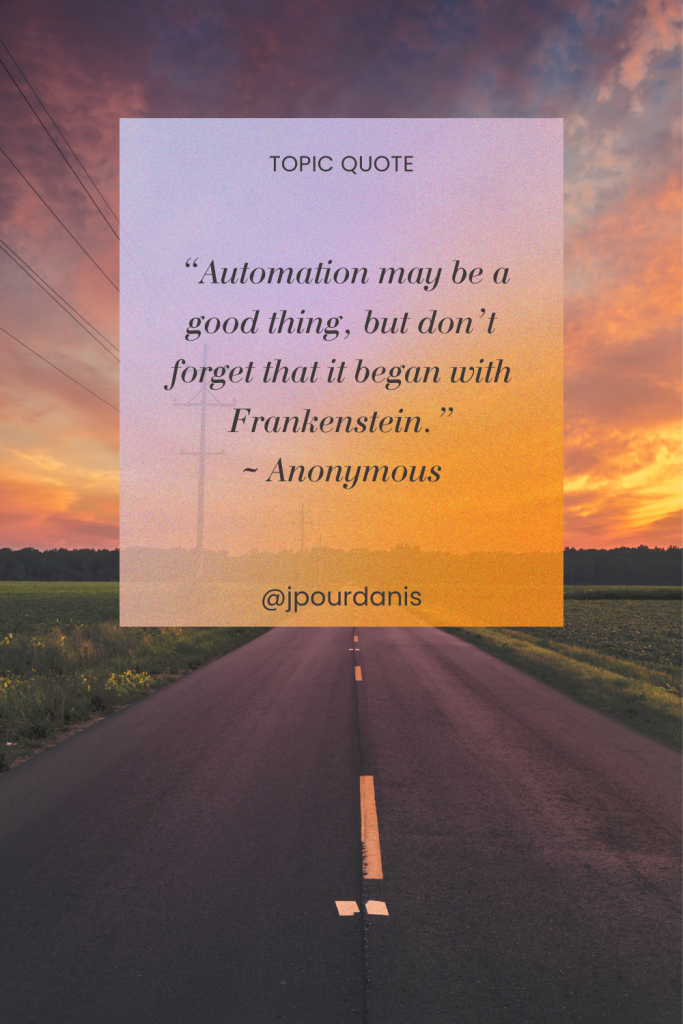As a senior tester who’s navigated the shift from traditional QA to agile and now AI-powered practices, I’m fascinated by the rapid evolution at the intersection of artificial intelligence (AI) and software engineering. A recent publication by Ina K. Schieferdecker, “Augmenting Software Engineering with AI and Developing It Further Towards AI-Assisted Model-Driven Software Engineering,” offers a compelling vision for the future of quality engineering.
The Growing Role of AI in Software Quality
Modern software engineering faces complexity on an unprecedented scale. While model-driven software engineering (MDSE) promises systematic, maintainable development through abstraction, adoption lags due to the cost and expertise involved in building and maintaining models. Enter AI—particularly deep learning and generative models—poised to automate and enhance not only coding but every phase from requirements to maintenance.
By digesting massive codebases and patterns from open-source repositories, AI can spot bugs, suggest improvements, generate test cases, and translate requirements into models and even working code. The paper highlights how merging MDSE and AI can transform software quality, making it more robust, adaptable, and easier to maintain.
Introducing the ai4se Taxonomy
A standout contribution of this paper is the ai4se taxonomy. This framework classifies AI applications in software engineering along four axes:
- Purpose: Understanding, generating, or improving SE artifacts.
- Target: From requirements and design, to testing and deployment.
- Type of AI: Symbolic, machine learning, generative, agentic, etc.
- Level of Autonomy: From simple recommendations to fully autonomous AI.
This taxonomy helps teams understand where and how to adopt AI to actually impact software quality—not just as a buzzword, but as an everyday enhancement across the lifecycle.
Pair Modelling: The Future of Human-AI Collaboration
Imagine a world where software engineers don’t just code, but actively collaborate with AI “colleagues.” Pair modelling, as proposed here, is akin to pair programming—except your partner is an intelligent agent. Together, they build, refine, and verify models and software in real time. This paradigm doesn’t replace testers or developers; it augments their skills, letting them focus on creative problem-solving while the AI assists with routine, complex, or repetitive tasks.
Key Takeaways for Quality Assurance
- AI is becoming indispensable for maintaining quality in complex, fast-evolving projects.
- Future QA teams will blend traditional expertise with AI tools—especially those capable of understanding, generating, and optimizing models.
- Embracing AI-driven taxonomies and pair modelling will enable more consistent, verifiable, and adaptable software.
As testers, our expertise in validation, verification, and process improvement now finds a powerful ally in AI. By leveraging these new tools and thinking beyond automation, quality professionals can help shape a future where software isn’t just built faster, but built better.
Let’s get ready: the age of AI-augmented engineering is here—and quality is its foundation!

